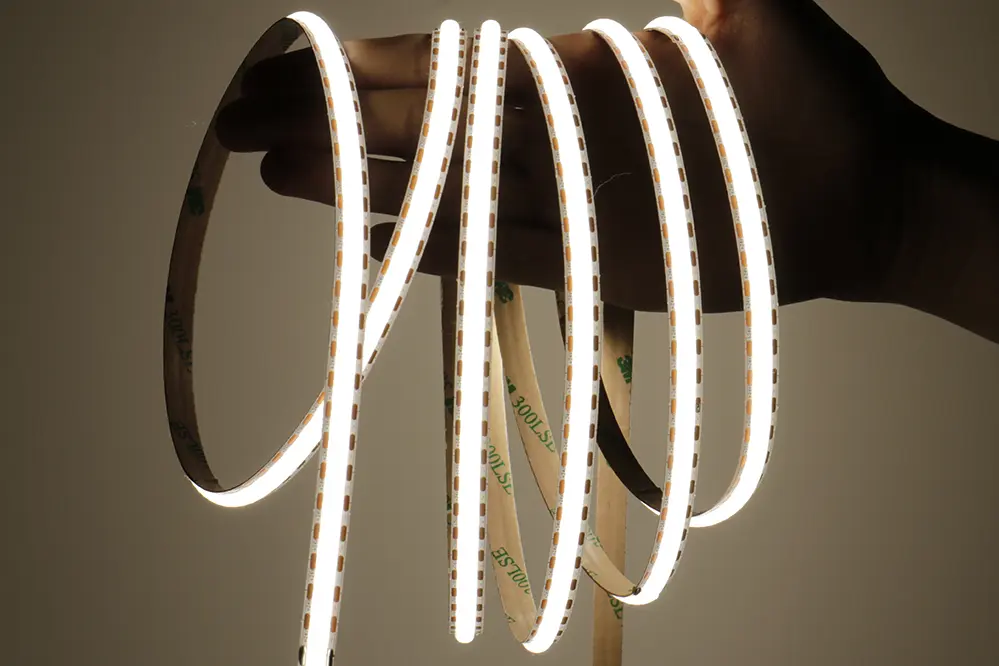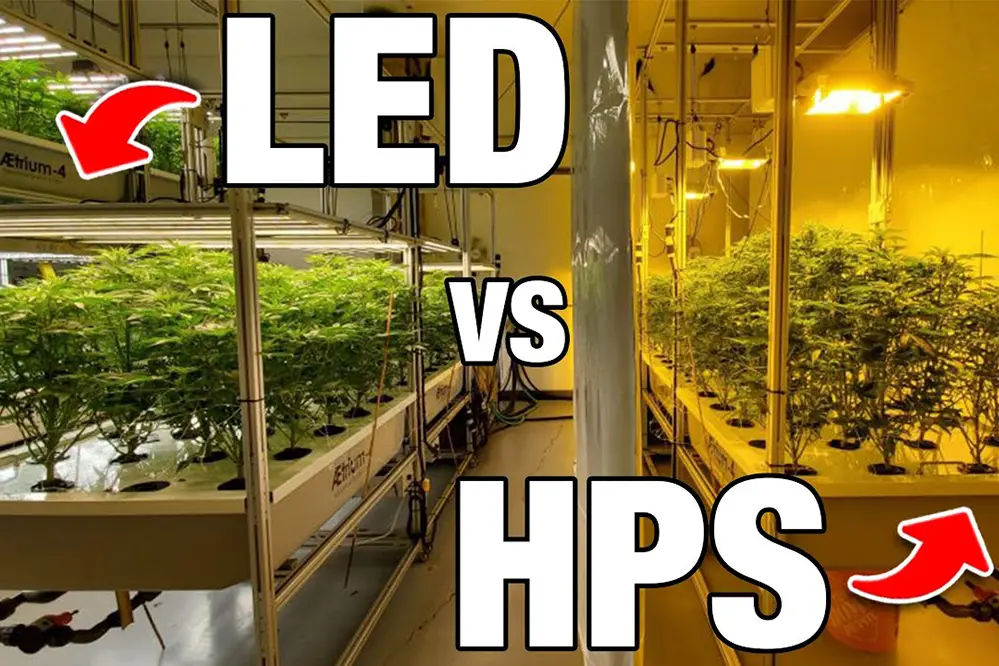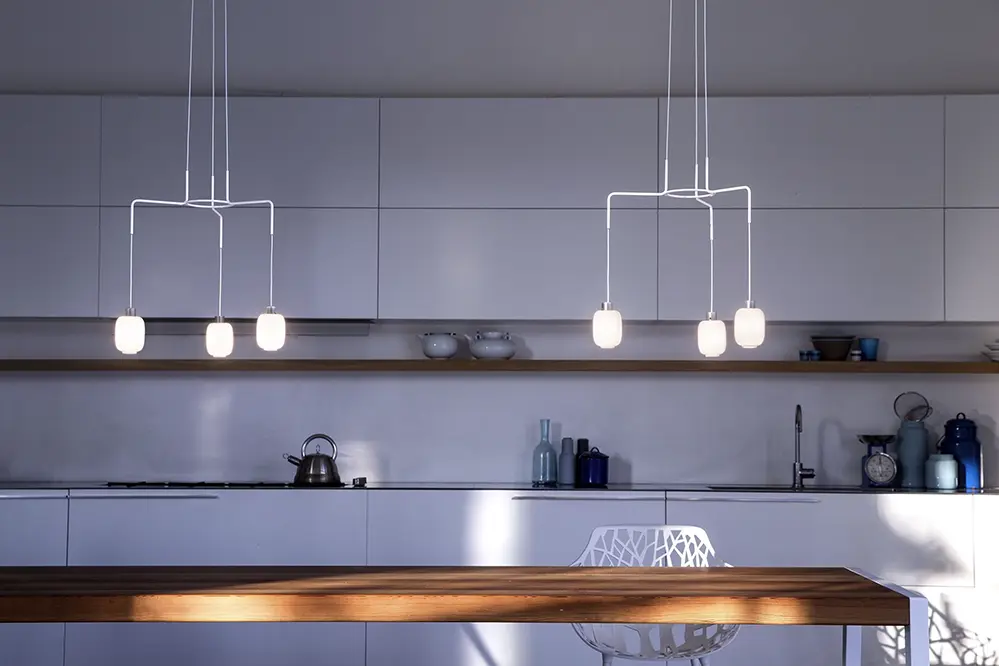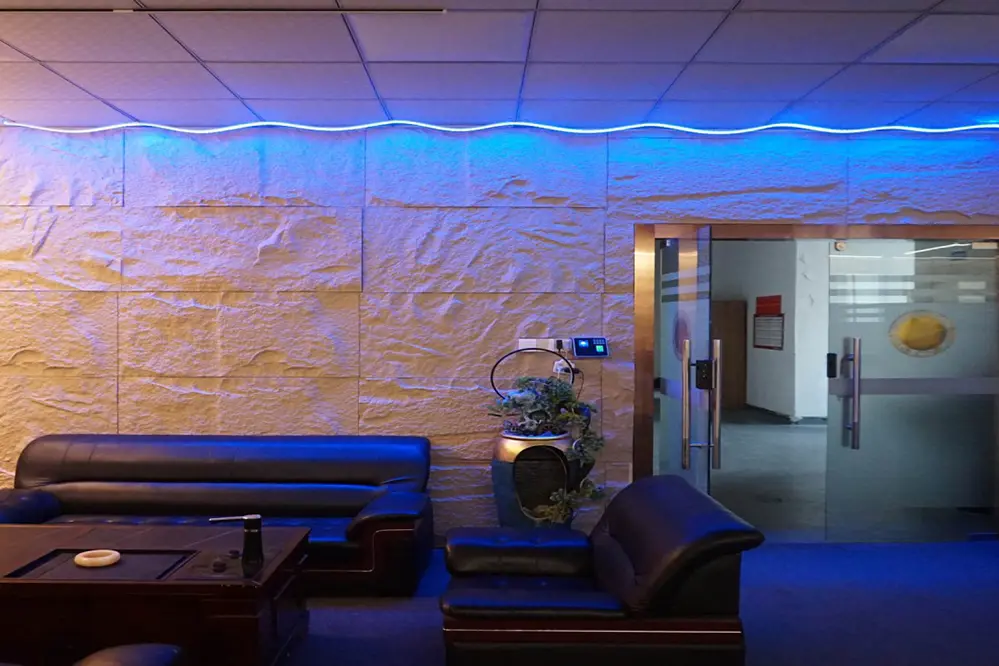Can LED strip lights die? This question might seem surprising given their reputation for durability and efficiency. Yet, many users encounter unexpected issues with these popular lighting solutions.
Often, misconceptions about their lifespan lead to premature failures, leaving users frustrated and in the dark. Understanding these challenges is essential to fully harness the benefits of LED strip lights.
These lights offer remarkable energy savings, vibrant illumination, and flexibility in design, making them a preferred choice for both residential and commercial spaces.
In this article, we will explore the factors affecting their lifespan, common pitfalls to avoid, and practical tips to extend their longevity.
Join us as we unravel the mysteries of LED strip lights and empower you with knowledge to keep your spaces brilliantly lit for years to come.
What Are LED Strip Lights?
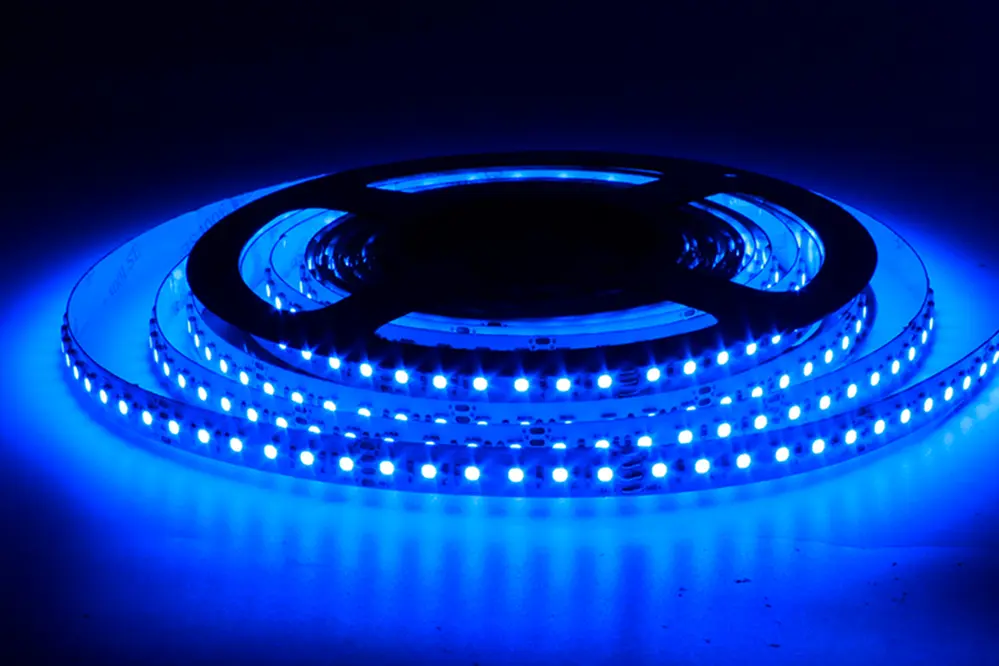
LED strip lights are a versatile lighting solution.
These innovative lights consist of small, individual light-emitting diodes (LEDs) placed on a flexible circuit board. This setup enables them to emit light across a broad spectrum of colors, making them an attractive choice for various settings, ranging from home decor to commercial displays. Unquestionably, their ability to change colors and brightness offers unparalleled adaptability in enriching the mood and aesthetics of any environment.
Their design offers simplicity in installation.
With the adhesive backing, LED strip lights can be seamlessly affixed to surfaces. Their flexibility allows them to conform to curves and corners, enhancing their current application possibilities in spaces like kitchens, staircases, and under cabinets.
The rise in popularity of LED strip lights can be attributed to their energy efficiency and longevity, reducing the need for frequent replacements and reflecting an enduring commitment to sustainability. As we forge ahead into a future enlightened by progressive technology, their capacity to transform spaces continues to flourish, galvanizing endless possibilities for creative design and functional illumination.
Factors Affecting LED Strip Light Lifespan
An understanding of the factors that influence the lifespan of LED strip lights is essential for ensuring their longevity, promoting an inspiring trajectory towards sustainable lighting solutions. Among these elements, the quality of materials used in their production, especially in terms of the components and assembly, stands out as a determinant factor.
Power supply, often regarded as the lifeline of LED lights, critically impacts their operational lifespan. Consistent voltage and appropriate drivers ensure the strips function optimally, preventing premature failures. Meanwhile, environmental conditions also play a pivotal role; excessive heat or humidity can adversely affect the longevity of LED strip lights, emphasizing the necessity for proper heat dissipation.
Additionally, the thermal management of LED strip lights is paramount for accessing their full potential in terms of lifespan and performance. Robust heat dissipation mechanisms, such as aluminum casings or appropriate heat sinks, contribute significantly to maintaining optimal operating temperatures. Proper installation techniques, avoiding over-bending or excessive stretching, further safeguard against undue strain that could shorten the strip’s life.
Finally, it is noteworthy that operational practices, such as controlled usage duration and limiting constant switching on and off, can immensely enhance LED strip longevity. With thoughtful consideration and vigilant application of these factors, the potential for LED strip lights to achieve their maximum lifespan becomes promisingly attainable.
Together, these insights underscore the critical relationship between quality control, environmental awareness, and technical foresight, laying the groundwork for an inspired approach to lighting that cushions the ecological footprint and ushers in a radiant future. In pursuing innovation with such confidence and optimism, the possibilities for LED strip lights are as endless and illuminating as the light they emit.
Can LED Strip Lights Die?
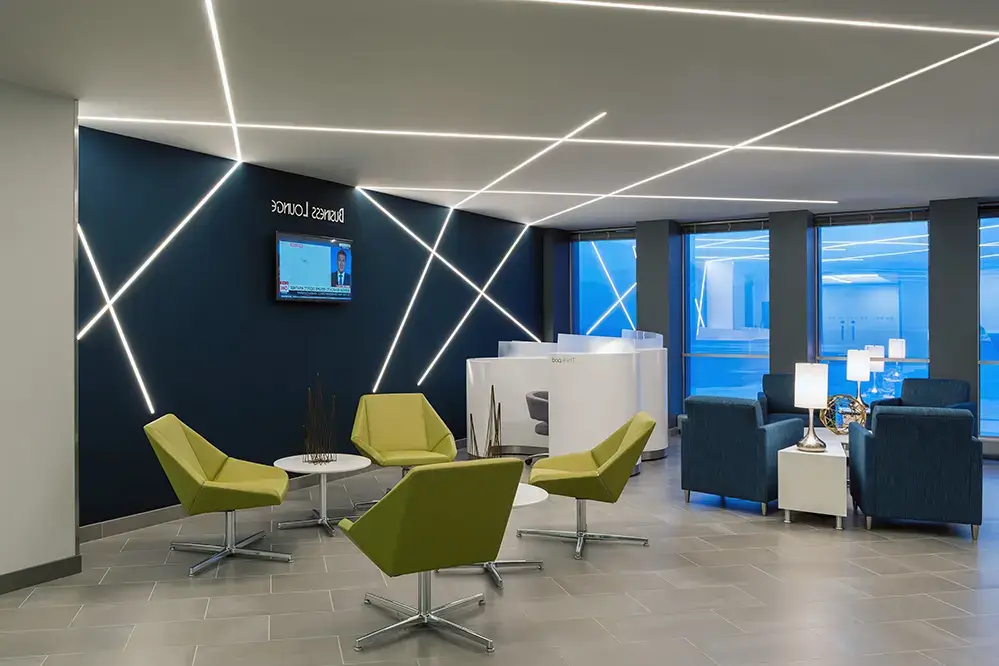
Indeed, LED strip lights can reach the end of their lifespan, though this occurs over extended periods and specific conditions.
While the term “die” may connote a sudden failure, it’s more apt to describe the gradual dimming or color shift that can occur as they near the end of their operational life. The longevity of LED strip lights is influenced by initial quality, ambient environment, and consistent usage practices, ensuring decades of vibrant illumination with proper care. Thus, they rarely cease abruptly and can be managed to extend their functional life remarkably.
Understanding how LEDs age is vital. Unlike traditional bulbs that burn out when the filament breaks, LEDs experience a decline in brightness known as lumen depreciation. This gradual yet predictable process allows users to anticipate replacement needs, thereby ensuring continuity in their lighting applications.
In addressing the notion of LED strip lights dying, a proactive approach to maintenance and usage emerges as an empowering strategy. Embracing best practices, such as suitable installation, controlled usage, and regular inspection, can fortify their lifespan. Herein lies the tremendous potential to illuminate spaces brilliantly while embodying the sustainable ethos that defines contemporary lighting solutions, driving a future where degradation is minimized, and performance is maximized.
Signs of LED Strip Lights Failing
As you navigate the lifespan of LED strip lights, recognizing the signs of failure can be invaluable for preemptive intervention.
One prevalent sign is a noticeable dimming despite proper power supply. If your LED strip lights are experiencing a critical voltage drop, it might be time to check for any connectivity issues or degraded power sources. A malfunctioning power supply can often result in the LEDs receiving less power than required, leading to visible dimming or flickering, akin to a subtle plea for timely maintenance.
Another telltale sign is the presence of discolored LEDs within the strip. This alteration often signifies overheating or aging diodes struggling to produce light at their intended temperature. The result is a disappointing alteration in the intended appearance and ambiance the lights were once providing.
Consider reaching out to a professional technician if your LED strip lights emit irregular light patterns or if segments fail to illuminate entirely. These indicators could suggest a more complex issue at play, such as a damaged circuitry or compromised installation. Addressing these problems promptly not only revives the aesthetic allure of your space but also safeguards the longevity of your lighting investment, reinforcing your vision of inspiring, sustainable, and sophisticated illumination.
Comparing LED Strip Lifespan to Other Lighting
LED strip lights offer exceptional longevity.
In contemporary lighting solutions, LED strip lights distinguish themselves with their resilience. Their lifespan is categorically longer compared to conventional incandescent or fluorescent options, which often require more frequent replacement. Typically, an LED strip can last up to 50,000 hours or more, ensuring years of consistent performance.
Incandescent lights are notably less durable.
While they flicker majestically in vintage settings, their lifespan—averaging a mere 1,000 to 2,000 hours—paints them as relics of a bygone era. Fluorescent lights, somewhat better at around 15,000 hours, still fall short in the race of endurance.
This impressive durability of LED strips underscores a significant advancement in lighting technology, particularly appealing to the eco-conscious ethos of 2023, where longevity and being energy efficient are paramount. In this fast-paced world, making thoughtful choices for sustainable solutions is both inspiring and empowering, heralding a future of bright possibilities.
Environmental Impact on LED Strip Longevity
Environmental factors play a significant role in influencing the lifespan of LED strip lights, and understanding these can lead to their optimal utilization.
Humidity and dust can penetrate LED casings, causing them to degrade prematurely.
The proximity to heat sources or poor ventilation exacerbates this effect, leading to a decline in performance over time. As LEDs are sensitive to temperature variations, maintaining a stable environment can markedly extend their lifespan.
Moreover, outdoor installations require careful consideration to shield lights from the elements, such as excessive rain exposure, snowfall, and UV radiation. Implementing protective measures, like weatherproof coatings or encasements, can transform potential “killers” of longevity into non-issues, ensuring a luminous and enduring experience.
Maintenance Tips for Extending LED Life
Regular maintenance is key to preserving the brilliance and functionality of LED strip lights over time.
Firstly, gentle cleaning routines can be a remarkable weapon against dirt accumulation, which can obstruct light output and cause overheating. Use a soft cloth or a gentle brush to dust off the LEDs periodically, avoiding harsh chemicals that may damage the strip. This not only prolongs the life of the lights but also keeps their luminance at optimal levels.
Additionally, ensuring that the LED strips are securely fixed can prevent wear and tear. Properly mounted lights are less likely to suffer from mechanical stress, which can weaken connections and diminish performance over the long term.
Lastly, leveraging advanced technologies such as dimmers and automated controls encourages LED strip longevity by optimizing their operational power. Such devices allow you to adjust light intensity based on necessity, reducing power strain and mitigating the impact of constant maximum intensity usage. Protecting LED strip lights with surge protectors and voltage regulators further augments their lifespan, safeguarding them against power fluctuations and potential electrical mishaps.
Common Misconceptions About LED Longevity
One of the most prevalent misconceptions revolves around the belief that LED strip lights cannot die. While these lights are renowned for their longevity and efficiency, it’s important to understand that they do have a finite lifespan.
In fact, claims stating that LED lights can last indefinitely overlook the realities of electronic wear and tear. Although they outlast traditional lighting options significantly, LEDs are subject to degradation over time due to thermal stress and electrical fluctuations.
Moreover, the misconception that performance does not diminish with age leads to overestimating LED lifespan. All LEDs fade over time, with their brightness gradually decreasing, impacting their overall efficacy if not accounted for.
Another misunderstanding is assuming all LEDs have the same lifespan; variations in quality mean that cheaper models may expire faster. Investment in high-quality LED strips can prolong functional duration and maintain high performance.
Dispelling these myths is crucial for setting realistic expectations. Understanding limitations allows users to maximize their LED strip lights’ potential effectively.
Quality vs. Longevity in LED Strips
When exploring the vibrant landscape of LED strip lights, it’s vital to acknowledge a crucial interplay between quality and longevity, with implications for enhancing the lighting experience.
The relationship between price and lifespan significantly affects consumer choice.
Remarkably, higher-quality LED strips are often crafted with superior materials (meticulously engineered for longevity) and technology.
While the initial cost may be greater, investing in premium options ensures maximum luminescence and extended operation.
Despite efforts to optimize quality for longevity, each choice involves balancing advanced craftsmanship with an understanding of practical limitations.
Ultimately, the goal is to create an environment where light’s aesthetic and functional brilliance inspires. Thoughtful investment leads to enjoying longer-lasting illumination.
Innovations Enhancing LED Lifespan
In the realm of luminous innovation, seamless strides are being taken, making LED strip lights increasingly reliable. Brands focus on crafting advanced technologies that redefine durability.
Recent breakthroughs bridge gaps between technology and user experience, forging new horizons for lighting solutions.
Manufacturers, leveraging forward-thinking tools and materials, incorporate RGB (red-green-blue) configuration versatility into designs.
These designs aim to bolster lifespan efficiencies by reducing energy consumption, extending beyond mere aesthetic appeal.
With meticulous attention to component detail and design parameters, leading companies outpace traditional expectations, ensuring their products promise not only brightness but are also a testament to reliability and robust endurance.
Ultimately, the future of LED lighting’s promise is vivid and exciting. These remarkable enhancements usher in a new era where lighting solutions exceed consumer expectations consistently.
Choosing the Right LED Strip Light for Longevity
Selecting LED strip lights requires a blend of foresight, clarity, and a nuanced understanding of the various factors influencing longevity. Empower yourself with knowledge to make an informed decision.
Quality components play a pivotal role in the enduring performance of LED lighting solutions.
Look for features like proper heat dissipation, high-quality materials (preferably copper backing), and robust construction.
Ensure the LEDs are encapsulated in protective coatings for enhanced durability and prolonged life.
Such choices are instrumental in minimizing degradation over time, ultimately providing a reliable lighting source that maximizes both investment and performance, illuminating your spaces brilliantly for years.
Remember, the key to long life isn’t just in choosing lamps. Thoughtful installation helps extend LED strip lights’ operational lifespan.
How to Replace Failing LED Strip Lights
When LED strip lights start to flicker or dim inexplicably, it’s often an indicator that they may soon reach the end of their operational journey.
To replace them, begin by identifying the replacement length needed and gathering necessary tools like a soldering iron, electrical tape, and compatible connectors. Once you have the tools ready, disconnect the power source to ensure safety, and gently remove the faulty strip, minding not to damage existing components or connectors.
Inspecting the installation site for potential damage is an insightful step in the replacement process. If necessary repairs are identified, address them before proceeding to fit the new strip light, securing it in place with adhesive or recommended fasteners.
With new LED strips installed, testing them post-replacement ensures all connections are stable and sound. This prudent step gives you the reassurance that your task has been successful and your lighting setup will continue to illuminate spaces with renewed vigor, infusing a touch of modern elegance and efficiency into your environment.
Best Practices for Installing LED Strips
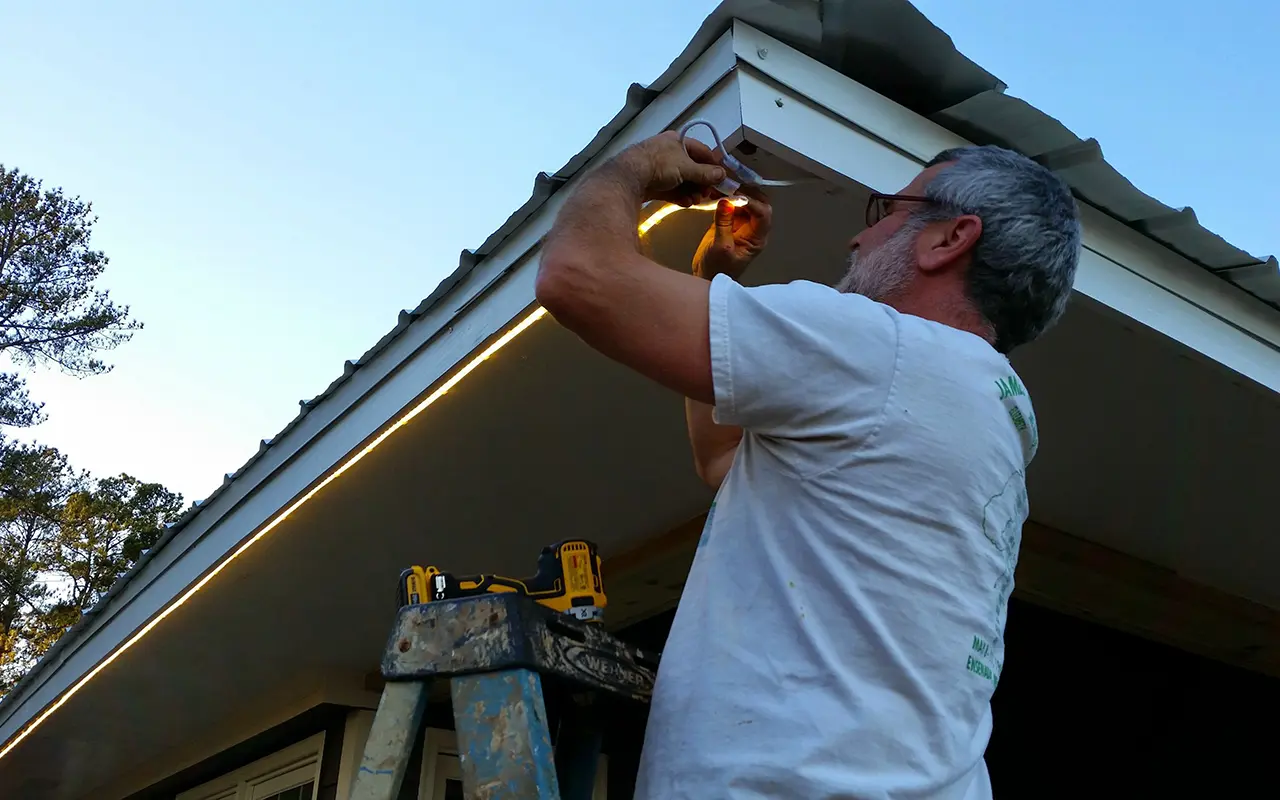
Strategic planning is crucial when installing LED strips, enabling you to create a seamless integration that enhances your space, utilizing a meticulous approach to deliver captivating lighting solutions.
First, consider the location to optimize placement. Avoid areas prone to excessive heat or moisture exposure.
Additionally, ensure your chosen power supply matches the LED strip requirements, preventing performance issues (incompatible voltage ratings may cause irregularities).
Take measurements prior to installation for precision alignment, ensuring consistent and professional results, transforming your ambiance effortlessly.
Involve necessary tools like scissors for cutting, soldering equipment for connections, confirming each section adheres to your design objective, while following manufacturer guidelines for safety and durability.
Ultimately, test all connections before finalizing installation, promising flawless functionality. Comprehensive understanding of best practices promises enduring performance and satisfaction.
Future Trends in LED Strip Lifespan
An exciting evolution beckons for LED strip technology.
As technology advances, new paths open for even longer lifespans. By harnessing deeper insights into color stability and luminous efficacy, the future holds promising possibilities for LED longevity. Impressively, the refinement of manufacturing processes and materials envisions a dramatic extension of their already impressive lifespan.
The emerging role of smart technology cannot be overstated.
Anticipate improvements in automated lighting systems—enabling real-time adjustments will further extend the life of LED strips. Innovative technologies will facilitate energy conservation, optimizing LED performance, thus ensuring sustainable longevity amidst evolving consumer demands.
These advancements foster an optimistic outlook toward achieving remarkable environmental benefits. As we horizon 2023, expect LED strips to continue their efficient and resilient journey. The upcoming innovations will redefine durability, setting new benchmarks that affirm their indispensable role in modern lighting solutions.
Conclusion
LED strip lights epitomize the seamless integration of cutting-edge technology and sustainability, offering an impressive lifespan that stands as a testament to modern engineering excellence. These lights, while eventually subject to wear, typically deliver tens of thousands of hours of reliable illumination, making them a preferred choice for both residential and commercial applications. As advancements in technology continue to push the boundaries of performance, LED strip lights are increasingly seen as a cornerstone of energy-efficient lighting solutions. Their ability to provide consistent, high-quality light over extended periods not only enhances consumer confidence but also underscores their role in reducing energy consumption and environmental impact.
The future of LED strip lights is bright, with ongoing innovations promising even longer-lasting performance and minimal failure rates. This commitment to continuous improvement ensures that LED technology remains at the forefront of sustainable lighting solutions. As consumers become more environmentally conscious, the demand for durable and efficient lighting options like LED strips is set to rise. By investing in proper care and leveraging the latest technological enhancements, users can enjoy the benefits of LED strip lights for years to come. This enduring performance not only illuminates spaces but also inspires the lighting industry to pursue greater heights in energy efficiency and innovation.
